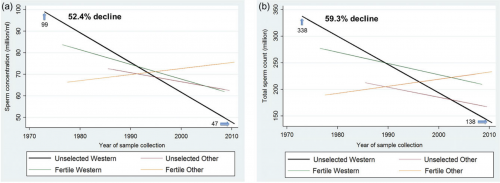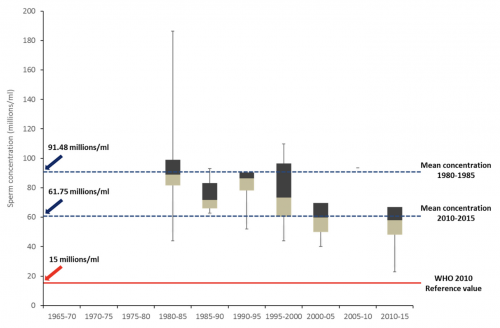Here’s a hard-earned lesson from years of debating Christians and creationists, all summed up in one lovely cartoon.

“I’m not interested in proving you wrong. Just in shutting you up.”
Oglaf
The zealots don’t care about logic and reason, they just pretend to care, for the rubes. You’re not going to be able to logic your way past their arguments because they’re not founded on logic in the first place. Their goal is to put on a show for their fellow travelers, to distract you, and eventually, to acquire the power they need to silence you.
Don’t be like the heretic in the cartoon, only realizing their game when they’ve got you tied to the stake.















